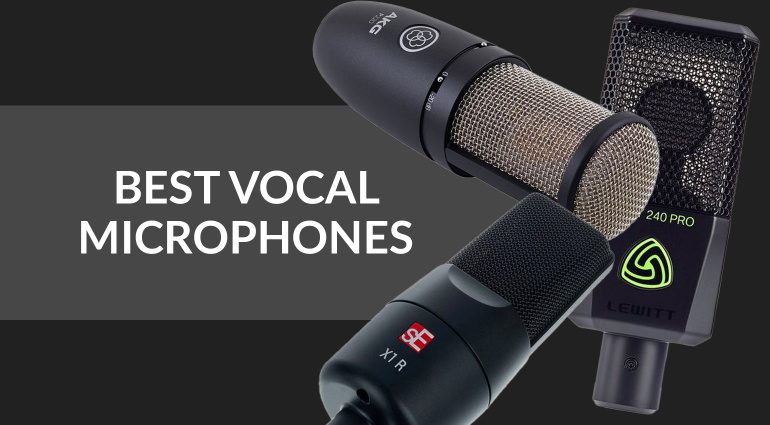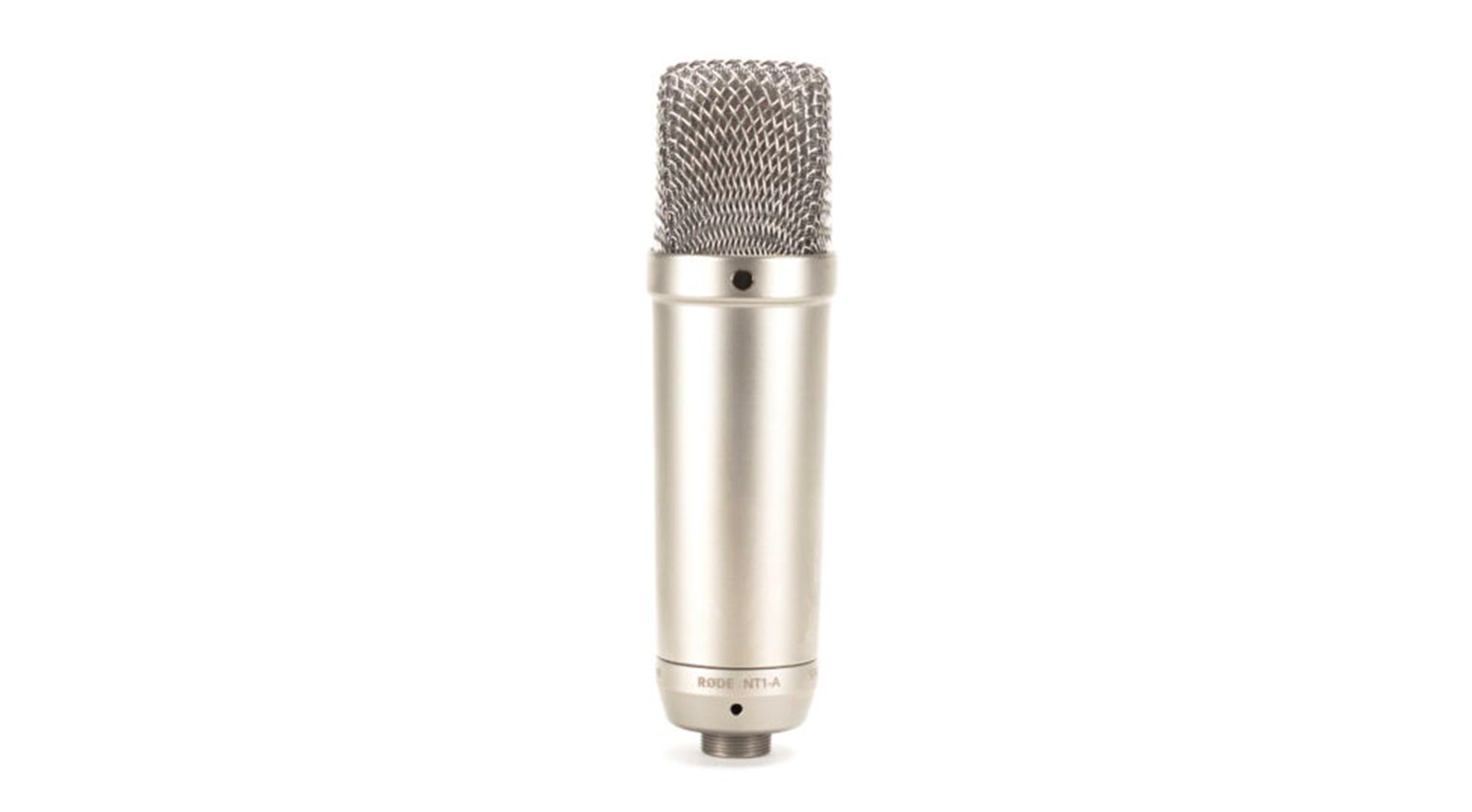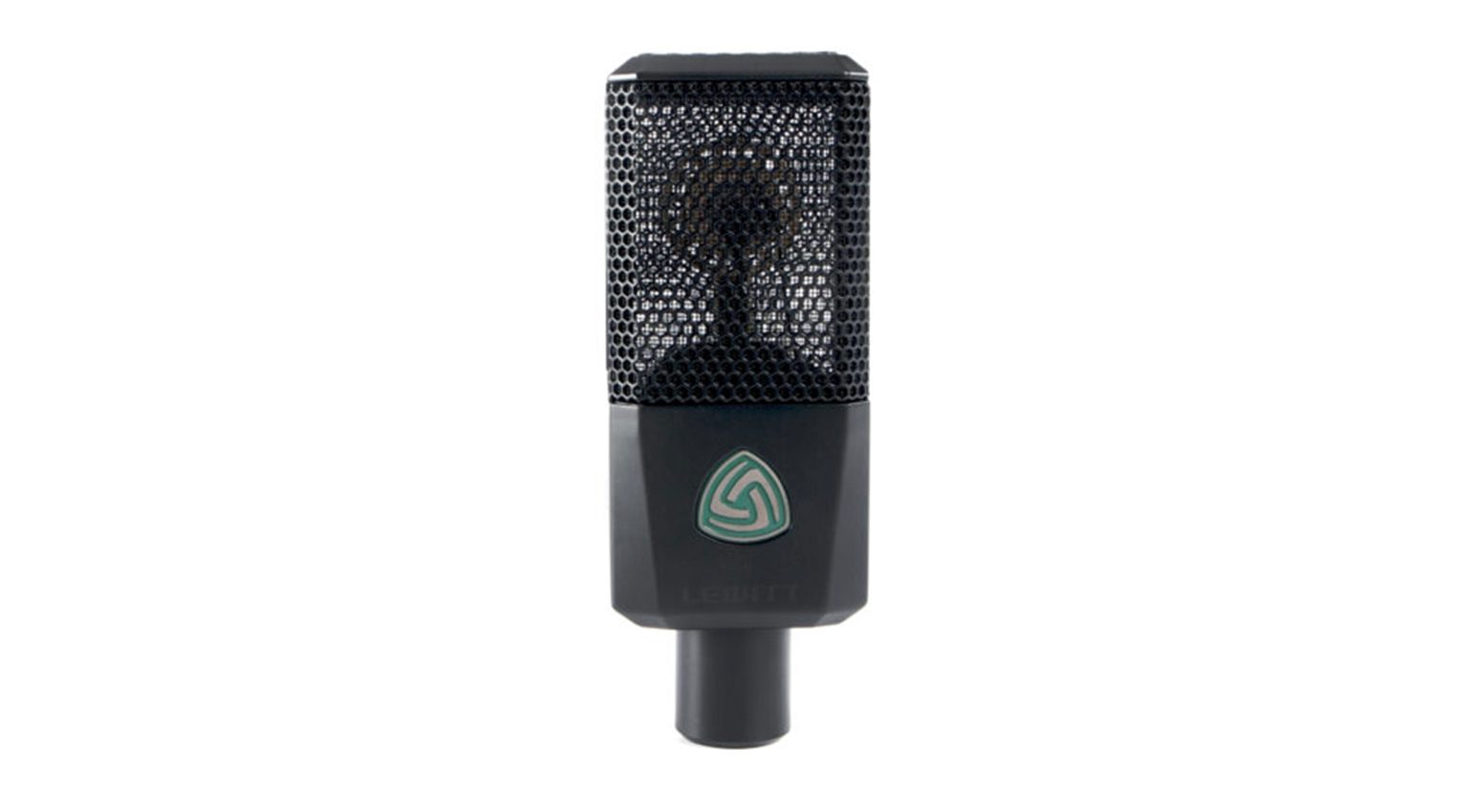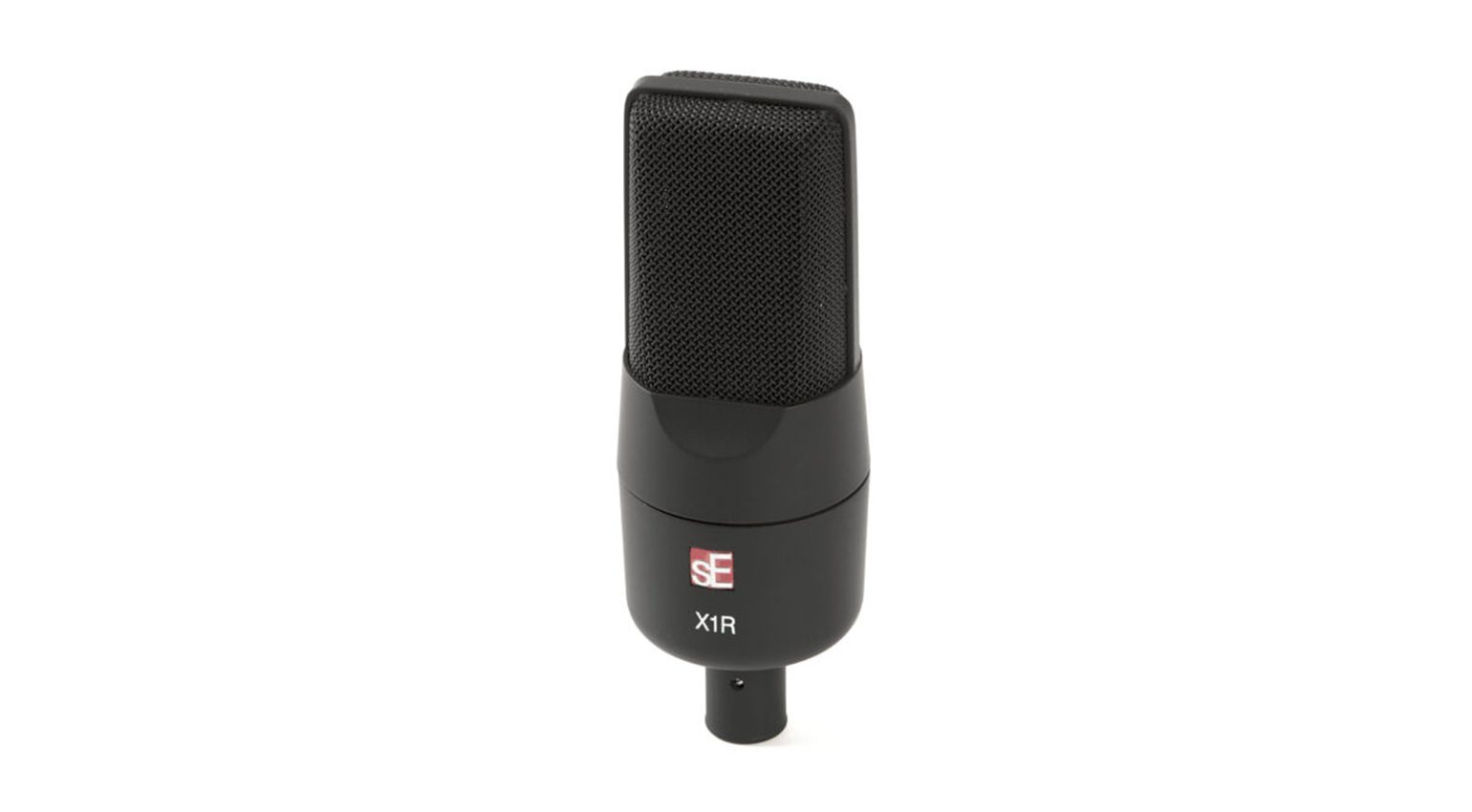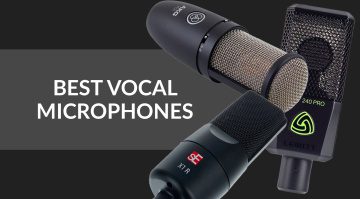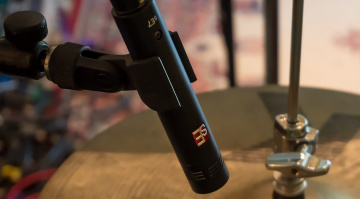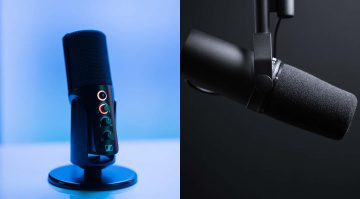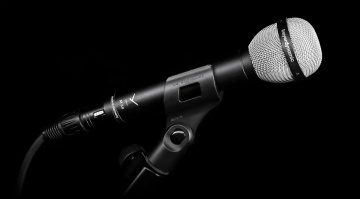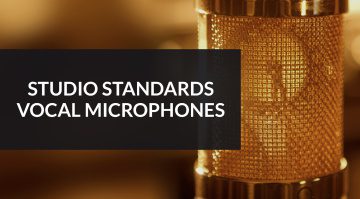The Best Studio Vocal Microphones under €250
Looking for a good studio vocal microphone? There are many different mics for recording vocals in the studio and home studio. Some are very expensive. But with our recommendations for affordable studio vocal microphones, you don’t need to spend a fortune to record vocals in high quality.
Affordable Studio Vocal Microphones
Many singers and producers swear by expensive microphone classics – and those are great if you don’t mind the price. But the good news is that there are some really decent vocal microphones out there that don’t break the bank and sound fantastic. Find out everything you need to know to find the best vocal microphone for your budget!
What kind of microphone is used to record vocals in the studio?
In most cases, a large-diaphragm condenser microphone is used.
Is it possible to record studio vocals with other microphones, for example live microphones?
Of course! Small-diaphragm condenser microphones or the two types of dynamic microphones, moving coil mics and ribbon mics, are also suitable. Even typical live vocal microphones, which are usually handheld on stage, aren’t off-limits and have been used on many classic tracks. Like all dynamic mics, however, they usually have somewhat weaker highs and a lower resolution.
Does a studio vocal microphone have to be expensive?
No, you can get very decent microphones for little money. All the vocal microphones on this list cost no more than €250.
What do I need besides the microphone to record vocals?
In addition to a vocal microphone, you’ll need an audio interface, studio monitors and/or headphones. A separate microphone preamp usually isn’t necessary, because most audio interfaces have built-in preamps. If you use a USB microphone, you can even get away without an audio interface, although those microphones are typically optimized for speech and podcasting rather than singing.
Affordable studio vocal microphones: Our recommendations

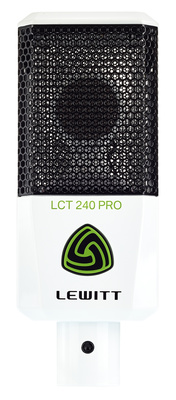

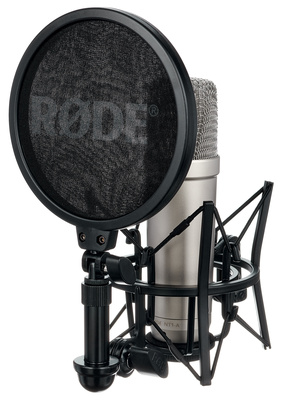

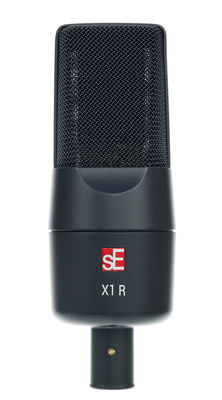
Transducer principle: Condenser or dynamic?
There are two fundamentally different ways in which a microphone can convert sound into voltage. The condenser principle is the one that is used for most studio vocal microphones. Its advantage is that it uses extremely thin diaphragms, which can move very quickly. As a result, these microphones are very detailed, pick up different frequencies fairly evenly, and are very good at reproducing high frequencies. Therefore, they are often the first choice in studios when it comes to recording vocals.
So-called moving coil dynamic microphones like the venerable Shure SM58 are sometimes also used to record vocals in the studio. While they’re more robust and often quite affordable, they’re not as detailed in the treble range and less linear than condensers. In a studio setting, the Shure SM7B and the Electro-Voice RE20 are the most widely used moving coil microphones for recording vocals. If you have a high-quality microphone preamp, you can achieve excellent results with a moving coil mic. Unfortunately, the preamps built into inexpensive audio interfaces often aren’t quite up for the task.
Ribbon microphones are also dynamic
Some consider ribbon microphones a kind of secret weapon. These are also dynamic and follow a very old principle. They tend to be relatively low in treble, more noisy and more delicate, but have a beautifully velvety character unlike any other mic. Like moving coil microphones, however, they usually require a very good preamp to bring out their characteristics. Condenser microphones are usually less picky.
What to avoid in an inexpensive studio vocal microphone
Tube mics
In my opinion, it’s best to avoid a few things if you’re trying to get the most out of an affordable studio vocal microphone. That’s because these features are simply impossible to implement at this price point, which means that the overall quality inevitably suffers. At the top of this list is the fabled tube. Say goodbye to the idea that you can get a good tube microphone for spare change. In addition to a decent tube circuit with well-selected components, tube mics need special power supplies and special cables. It simply can’t be done at this price. Decent tube microphones start at around a grand – the Warm Audio WA-251, for example.
Switchable polar pattern
Vocals are most commonly recorded with a so-called cardioid polar pattern. This means that the microphone is most sensitive on its front side and least sensitive on its rear side. Nearly all condenser microphones with a single polar pattern are cardioids.
Some mics have a switch that allows you to select omnidirectional or figure-of-eight patterns instead of cardioid. My advice is to stay away from these if all you need is a good vocal mic on a budget. Additional polar patterns require a second diaphragm, additional electronics and the switch, all of which cost money. Here’s an example: Although they’re otherwise identical, the Sennheiser MK 8 (switchable) is more than twice as expensive as the MK 4 (non-switchable). If you don’t need the additional polar patterns, it’s better to invest in a higher-quality cardioid capsule than in switchable patterns.
Studio vocal microphones: What can you do without?
Some microphones have a switchable pad, which is a pre-attenuation circuit. Its purpose is to prevent distortion when recording very loud sound sources. Good luck reaching these levels with vocals! If you only record vocals, a pad probably isn’t necessary.
Another feature often found on studio microphones is a low-cut filter that removes the lowest frequencies from the signal. This can help with low-end rumble and also helps control the proximity effect, especially if you’re recording male vocals at a short distance. But chances are that your audio interface or preamp also has a filter, and of course the software does as well. Why spend money on something that isn’t absolutely necessary?
This also applies to the included accessories. Shock mounts are actually less important than you might think. The same goes for wooden storage cases, transport cases and the like. Always keep in mind that you’re paying for these things, which means that less money goes towards the actual microphone. Some manufacturers prefer to spend the money on the best possible microphone capsules, robust housings, and good components – and ship the microphone in a simple cardboard box.
Three affordable studio vocal microphones – our recommendations in detail
Rode NT1-A
There’s a reason why the Rode NT1-A is one of the most popular large-diaphragm condenser microphones. Offered in a kit with accessories, it is considered one of the best value-for-money microphones and has been widely used around the world for years. It has a decent build quality and delivers a professional signal that handles many voices well.


Lewitt LCT 240 Pro
The astonishingly inexpensive Lewitt LCT 240 costs well under €200. Although it doesn’t look like one, the LCT 240 is actually a small-diaphragm condenser microphone with an acoustically active disc around the capsule. If you’re looking for a very detailed mic with transparent highs and high precision, the LCT 240 fits the bill. However, it probably isn’t the best choice for a close-range “broadcast” sound. The two filtering options are cleverly chosen and very practical.


sE Electronics X1R
The sE Electronics X1R is a great ribbon microphone for beginners. For a microphone of this type, it’s quite rich in high frequencies and not as “hard to handle” as the classic Coles or AEA designs. It conveys the softness of the ribbons very well without being pushy. The X1R also works very well with slightly lower-quality preamps.


More about studio vocal microphones
This post was originally published in German on bonedo.de.
* This post contains affiliate links and/or widgets. When you buy a product via our affiliate partner, we receive a small commission that helps support what we do. Don’t worry, you pay the same price. Thanks for your support!

 4,7 / 5,0 |
4,7 / 5,0 | 